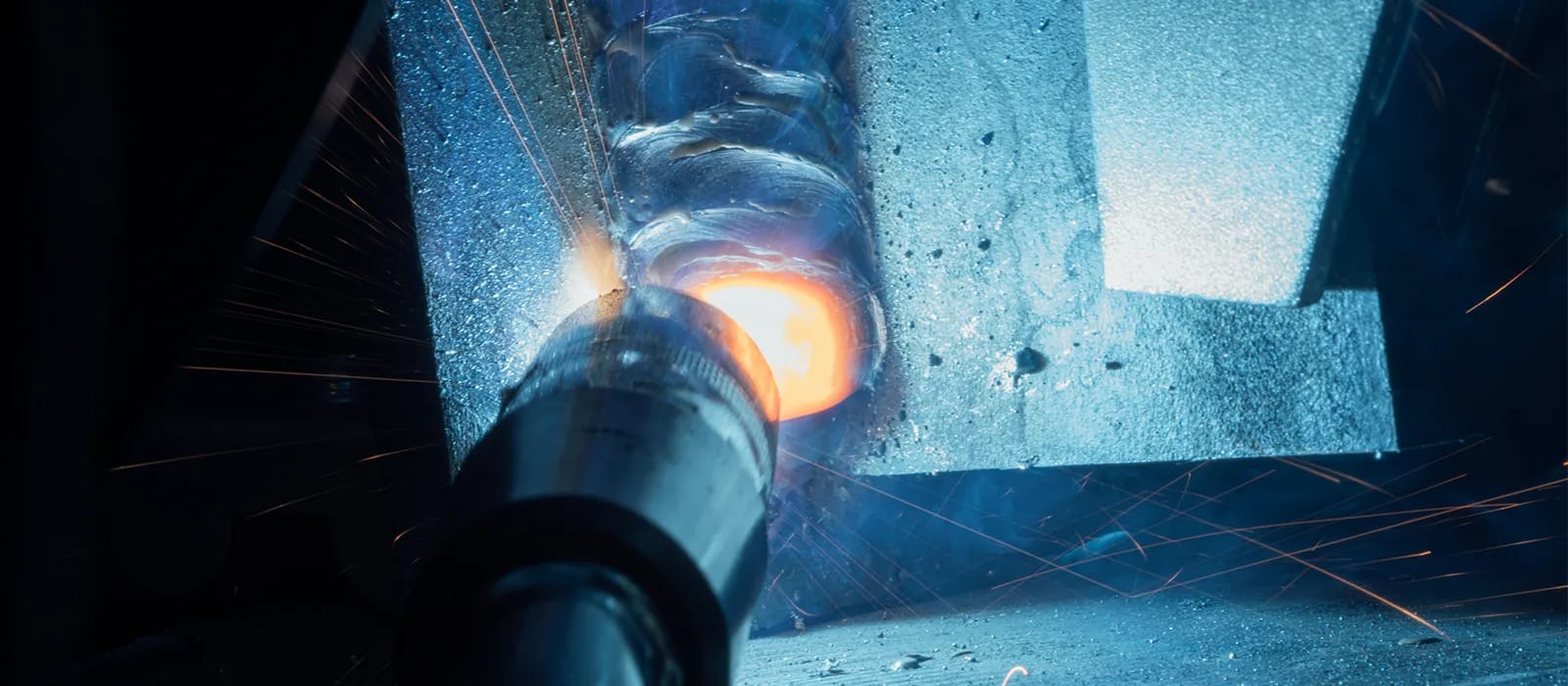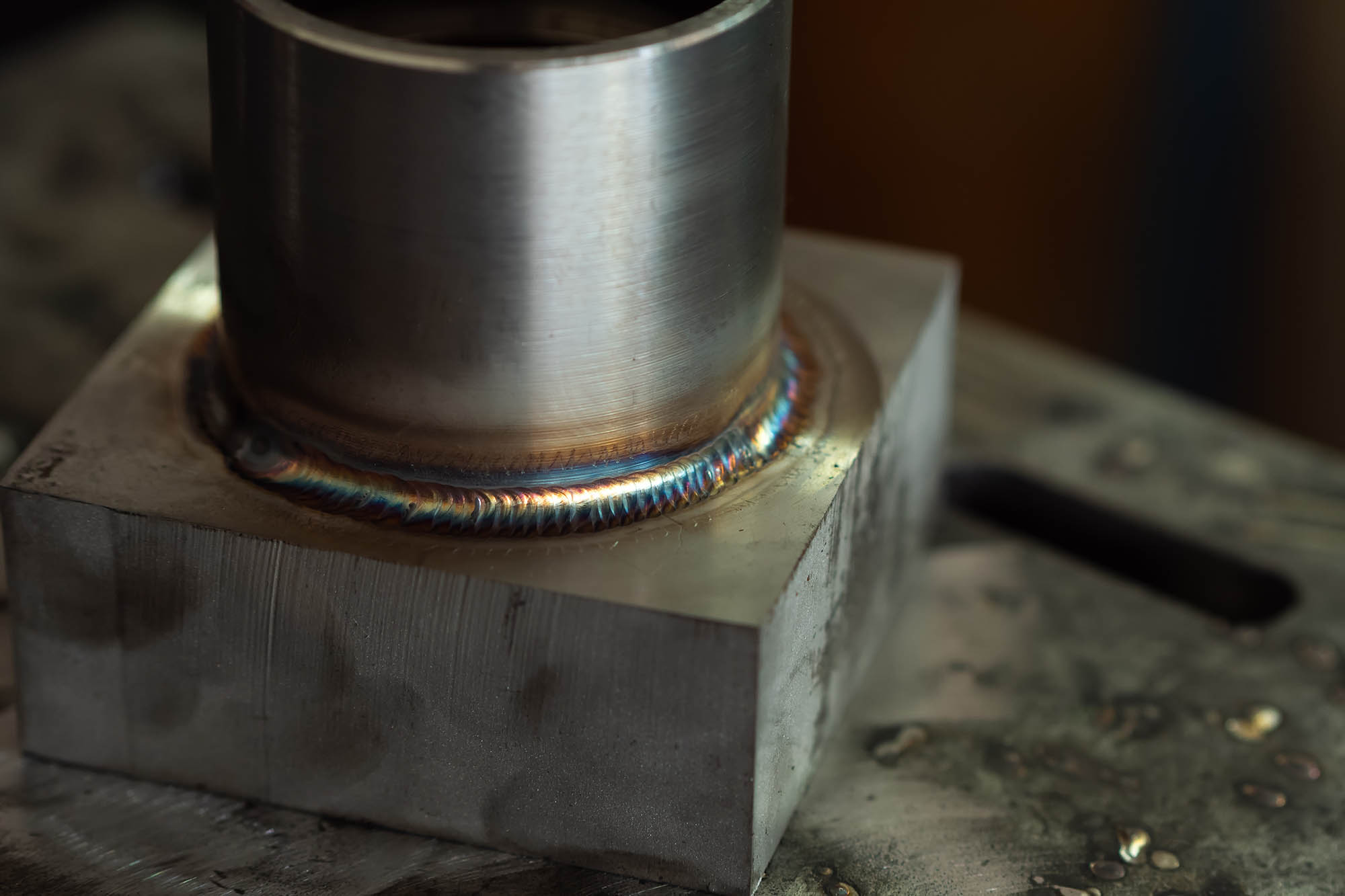Comprehending What is Porosity in Welding: Causes and Solutions
Wiki Article
Recognizing Porosity in Welding: Exploring Causes, Effects, and Prevention Techniques
Porosity in welding is a relentless challenge that can substantially affect the high quality and stability of welds. As professionals in the welding sector are aware, understanding the causes, results, and prevention techniques related to porosity is vital for achieving durable and dependable welds. By diving right into the source of porosity, analyzing its destructive effects on weld high quality, and checking out efficient avoidance approaches, welders can improve their understanding and skills to create high-grade welds constantly. The detailed interaction of variables adding to porosity calls for an extensive understanding and an aggressive method to make sure effective welding results.Usual Reasons For Porosity
Contamination, in the type of dust, oil, or corrosion on the welding surface, creates gas pockets when heated, leading to porosity in the weld. Improper shielding occurs when the shielding gas, frequently made use of in processes like MIG and TIG welding, is incapable to fully secure the liquified weld pool from reacting with the surrounding air, resulting in gas entrapment and subsequent porosity. In addition, insufficient gas coverage, usually due to inaccurate circulation prices or nozzle positioning, can leave parts of the weld unguarded, enabling porosity to create.Effects on Weld Quality
The existence of porosity in a weld can dramatically compromise the general quality and stability of the bonded joint. Porosity within a weld produces voids or dental caries that damage the structure, making it more at risk to breaking, deterioration, and mechanical failure.Furthermore, porosity can impede the efficiency of non-destructive screening (NDT) methods, making it testing to detect various other problems or interruptions within the weld. This can cause considerable safety issues, specifically in important applications where the architectural integrity of the welded parts is critical.

Avoidance Techniques Overview
Given the destructive impact of porosity on weld quality, efficient prevention techniques are essential to maintaining the structural honesty of bonded joints. Among the main prevention methods is comprehensive cleaning of the base products before welding. Impurities such as oil, grease, rust, and wetness can add to porosity, so making sure a tidy work surface area is crucial. Correct storage of welding consumables in dry conditions is additionally important to stop wetness absorption, which can result in gas entrapment during welding. In addition, selecting the ideal welding parameters, such as voltage, existing, and travel speed, can aid reduce the threat of porosity formation. Ensuring sufficient shielding gas flow and protection is an additional important avoidance strategy, as inadequate gas insurance coverage can cause atmospheric contamination and porosity. Ultimately, proper welder training and qualification are vital for applying preventive procedures properly and continually. By incorporating these prevention strategies right into welding methods, the incident of porosity can be dramatically minimized, causing stronger and a lot more reputable bonded joints.Relevance of Correct Shielding
Proper securing in welding plays an essential function in avoiding atmospheric contamination and making certain the stability of bonded joints. Shielding gases, such as argon, helium, or a combination of both, are commonly made use of to shield the weld pool from reacting with elements in the air like oxygen and nitrogen. When these responsive components enter into call with the hot weld pool, they why not try these out can create porosity, resulting in weak welds with reduced mechanical properties.
Insufficient securing can lead to numerous defects like porosity, spatter, and oxidation, endangering the architectural integrity of the bonded joint. For that reason, adhering to appropriate protecting practices is necessary to create top quality welds with marginal issues and make certain the longevity and integrity of the bonded parts (What is Porosity).
Surveillance and Control Techniques
How can welders effectively keep an eye on and regulate the welding procedure to make certain ideal results and stop problems like porosity? By constantly keeping track of these variables, welders can recognize variances from the suitable conditions and make prompt changes to prevent porosity development.
Furthermore, applying appropriate training programs for welders is vital for checking and controlling the welding process efficiently. What is Porosity. Enlightening welders on the significance of preserving regular parameters, such as appropriate gas securing and take a trip speed, can help stop porosity issues. Routine analyses and qualifications can likewise make certain that welders excel in tracking and controlling welding procedures
In addition, the usage of automated welding systems can improve surveillance and control abilities. These systems can specifically regulate welding parameters, minimizing the probability of human mistake and making sure regular weld high quality. By incorporating innovative monitoring technologies, training programs, and automated systems, welders can successfully keep an eye on and control the welding procedure to minimize porosity flaws and attain premium welds.
Conclusion

Report this wiki page